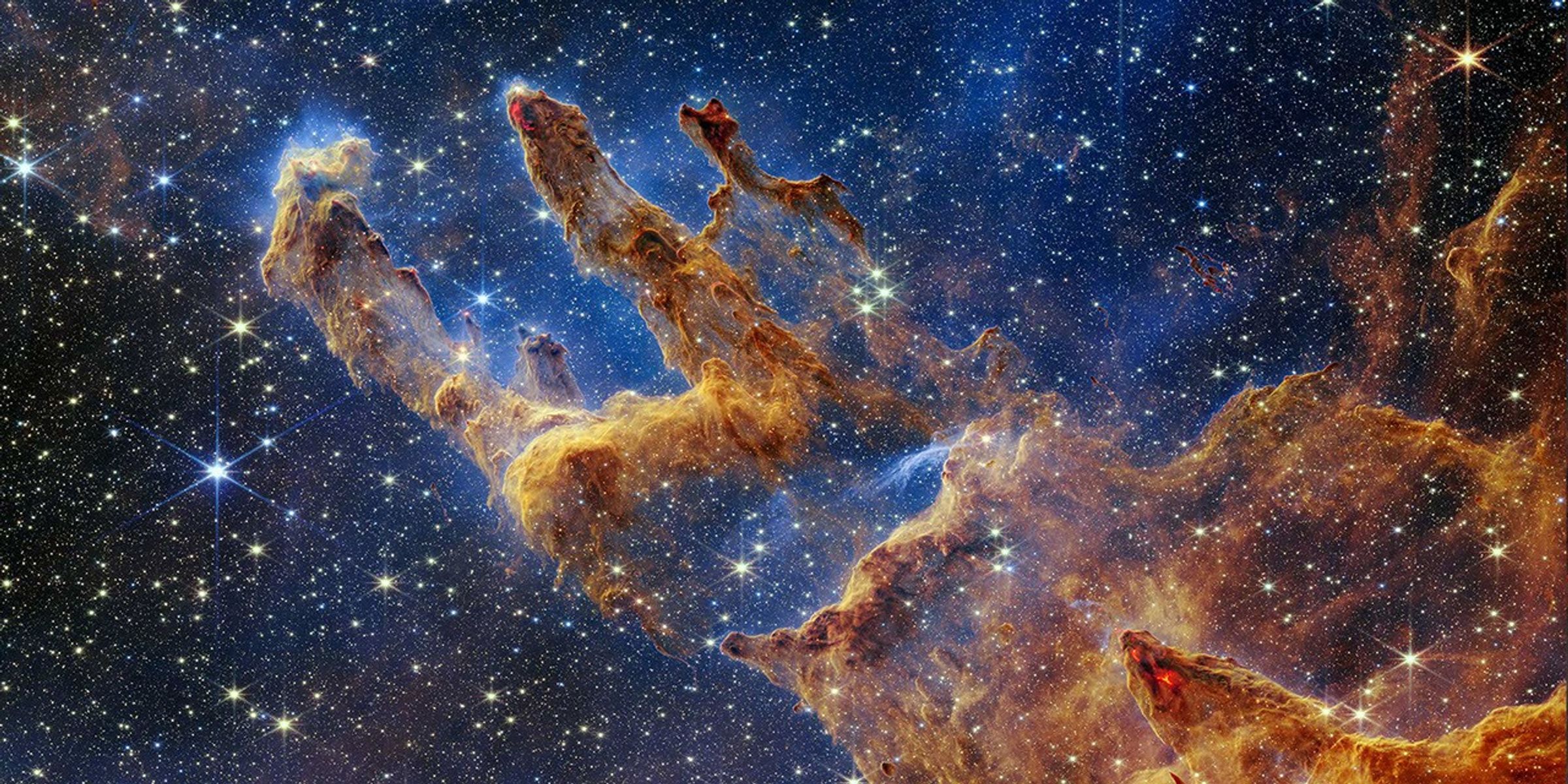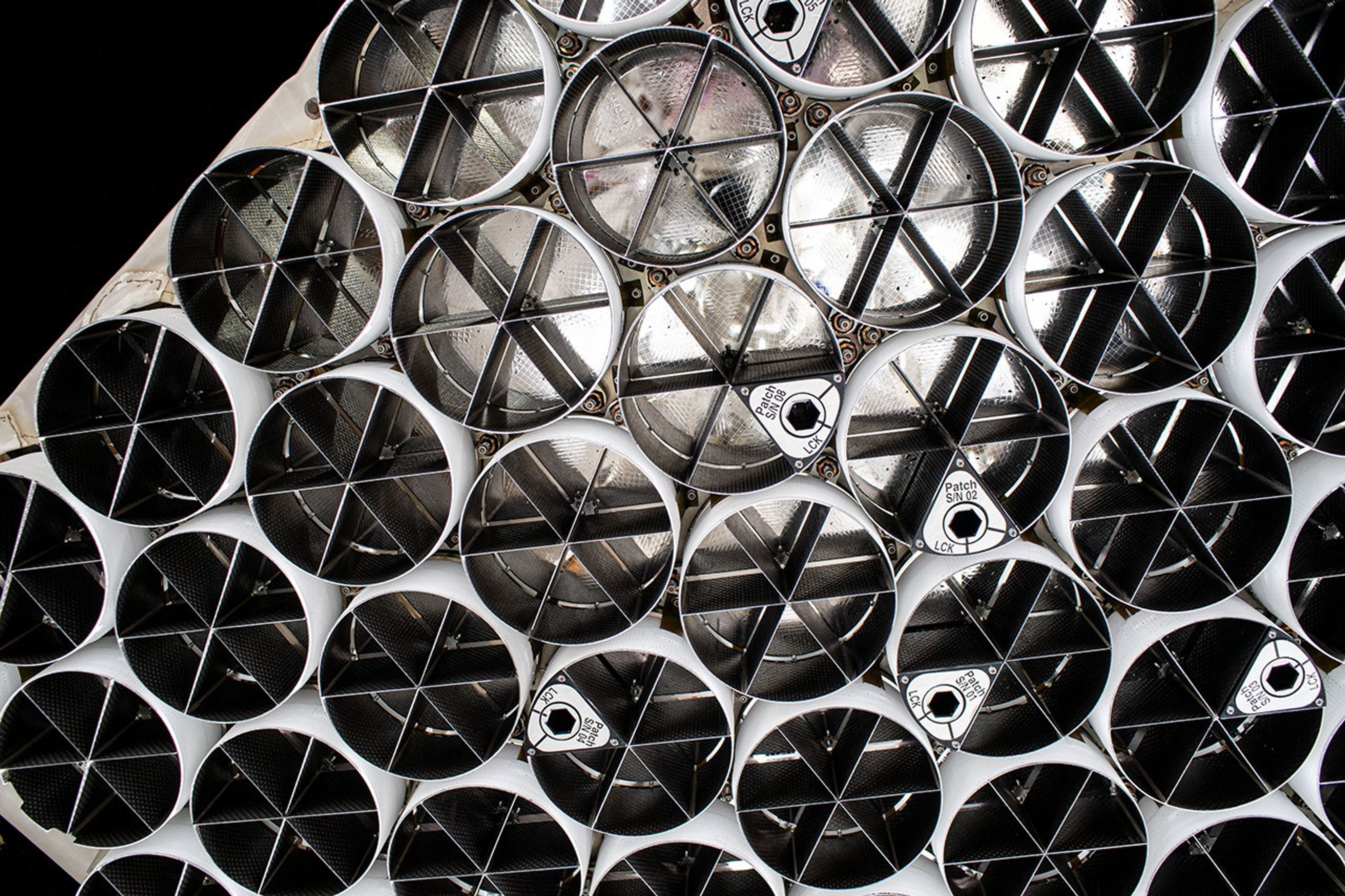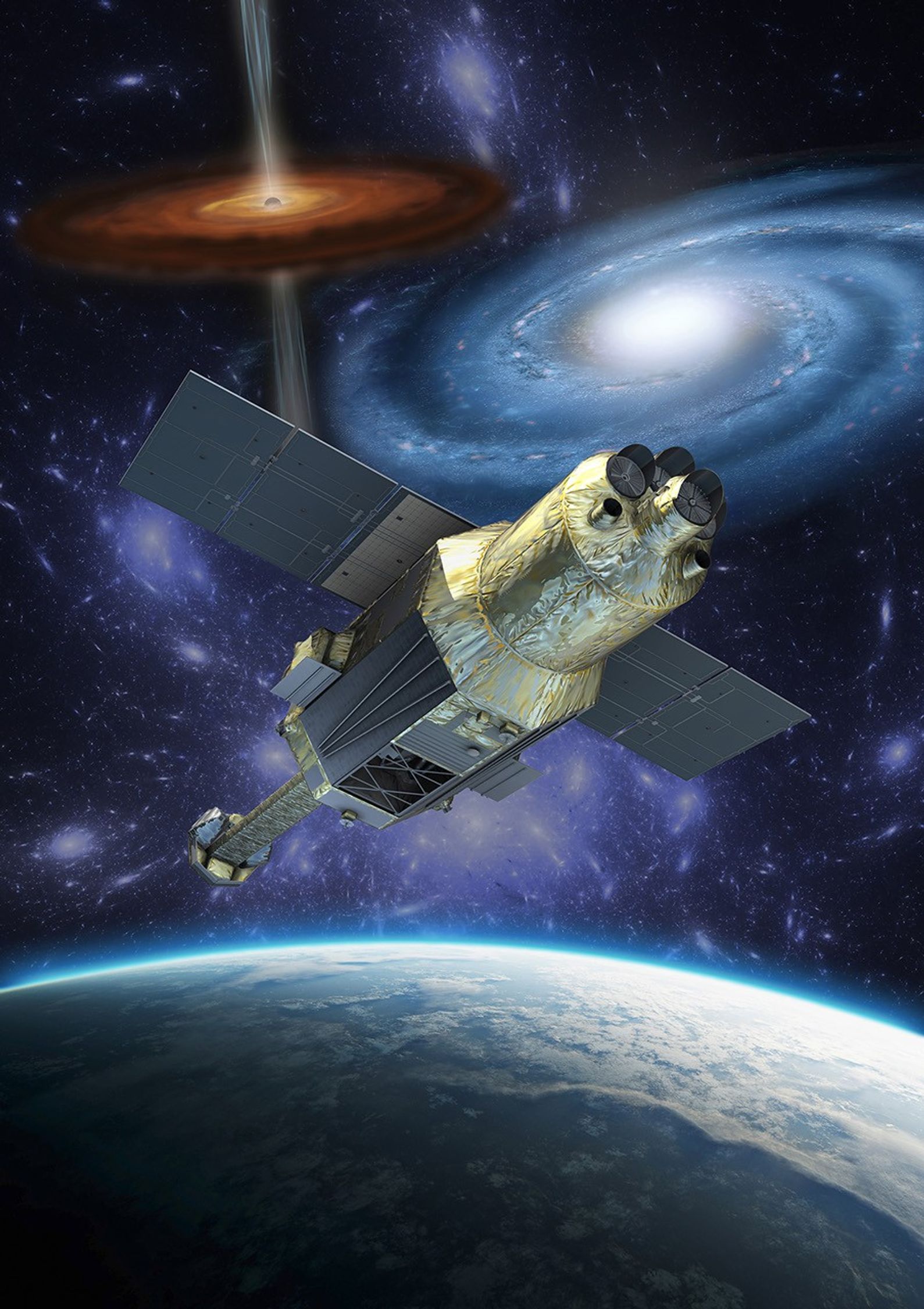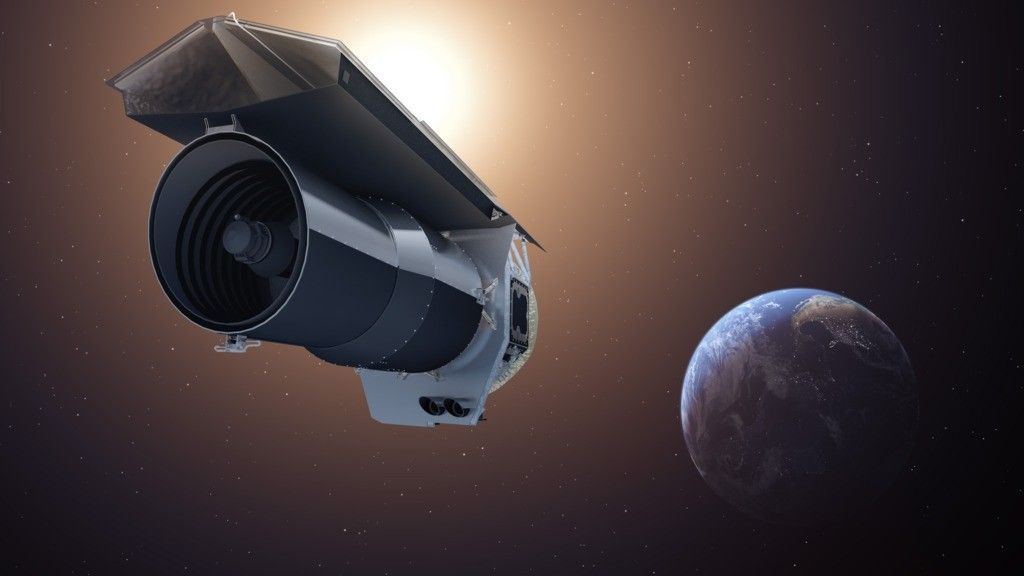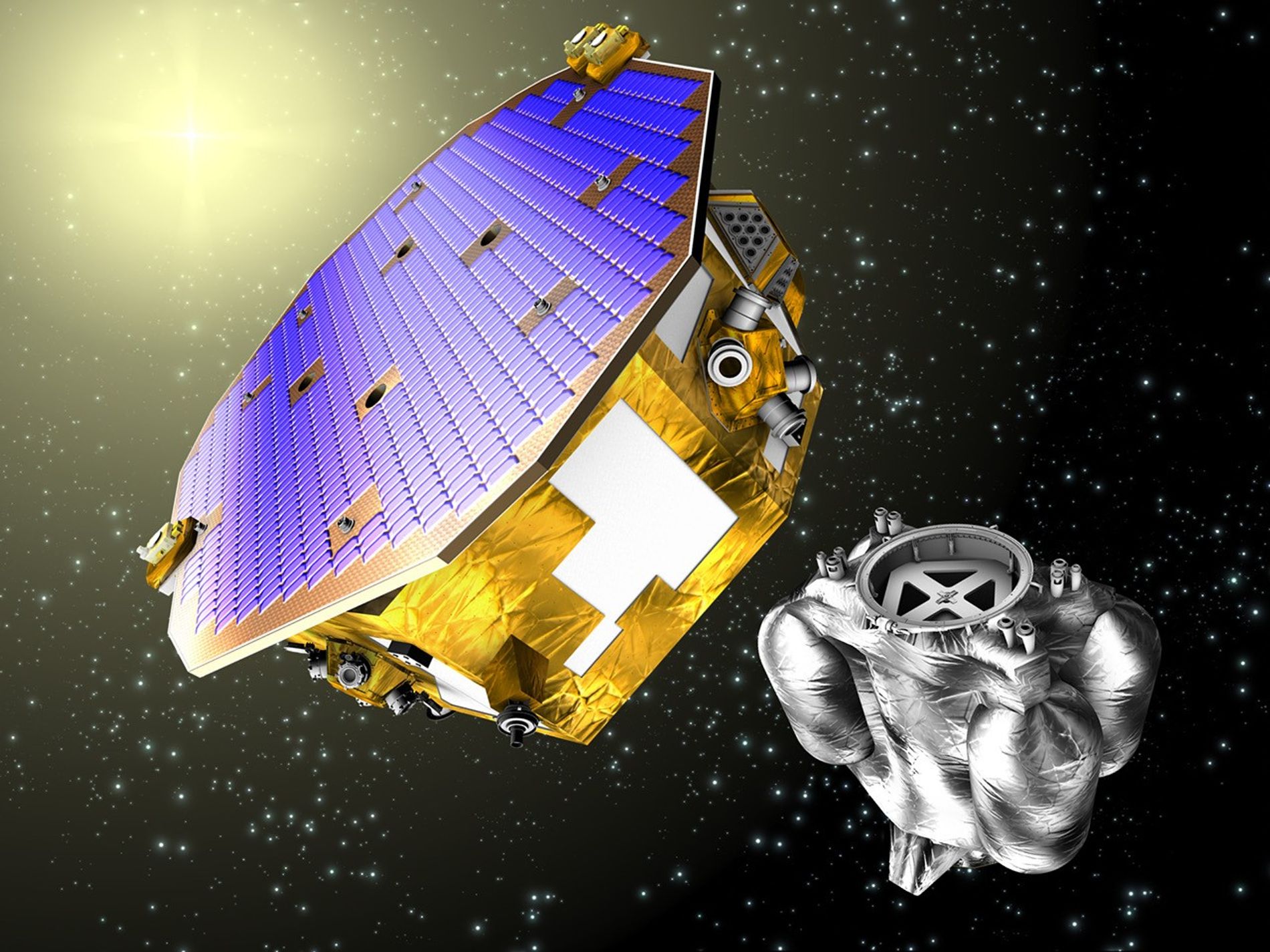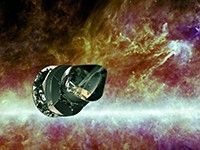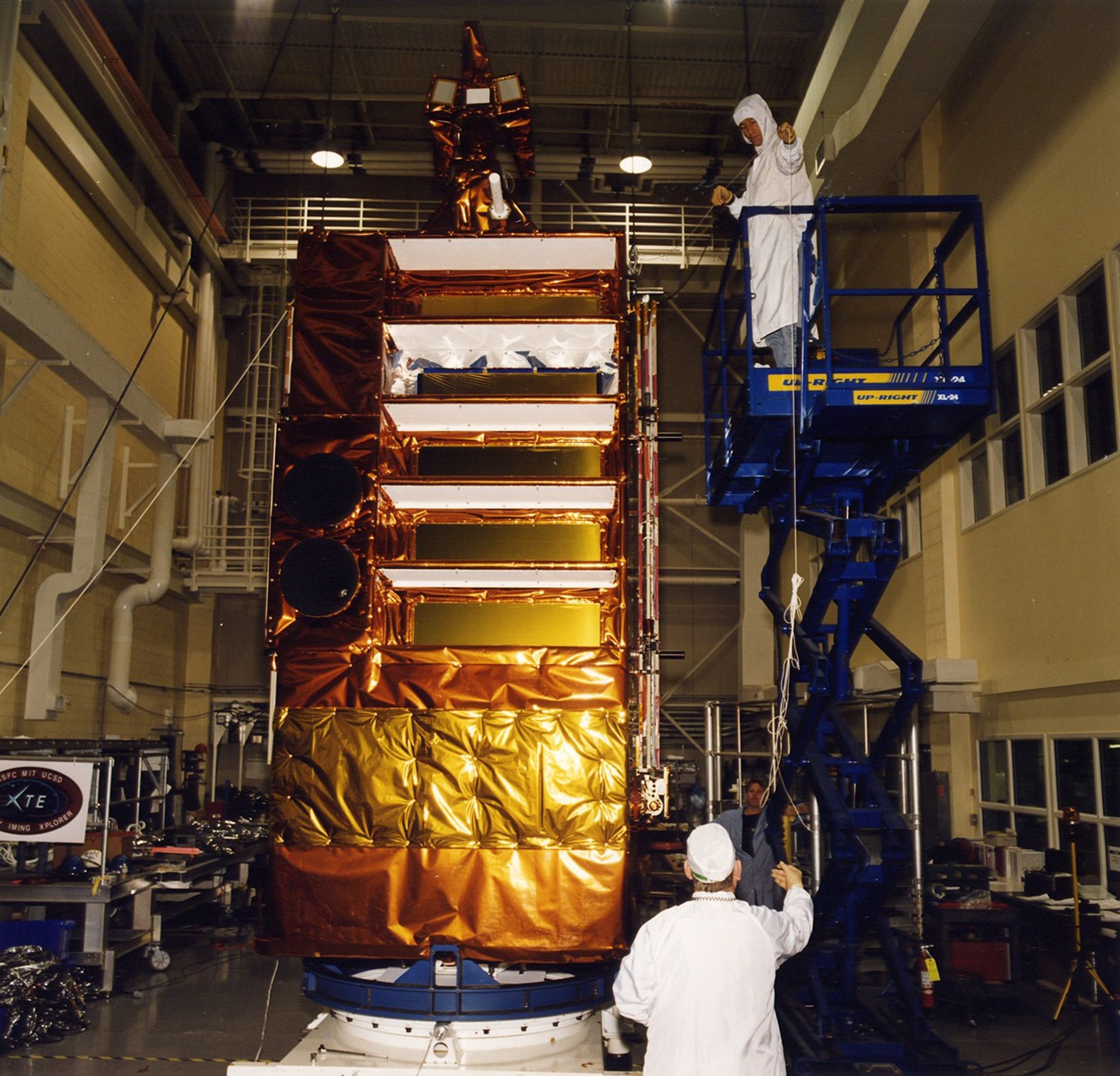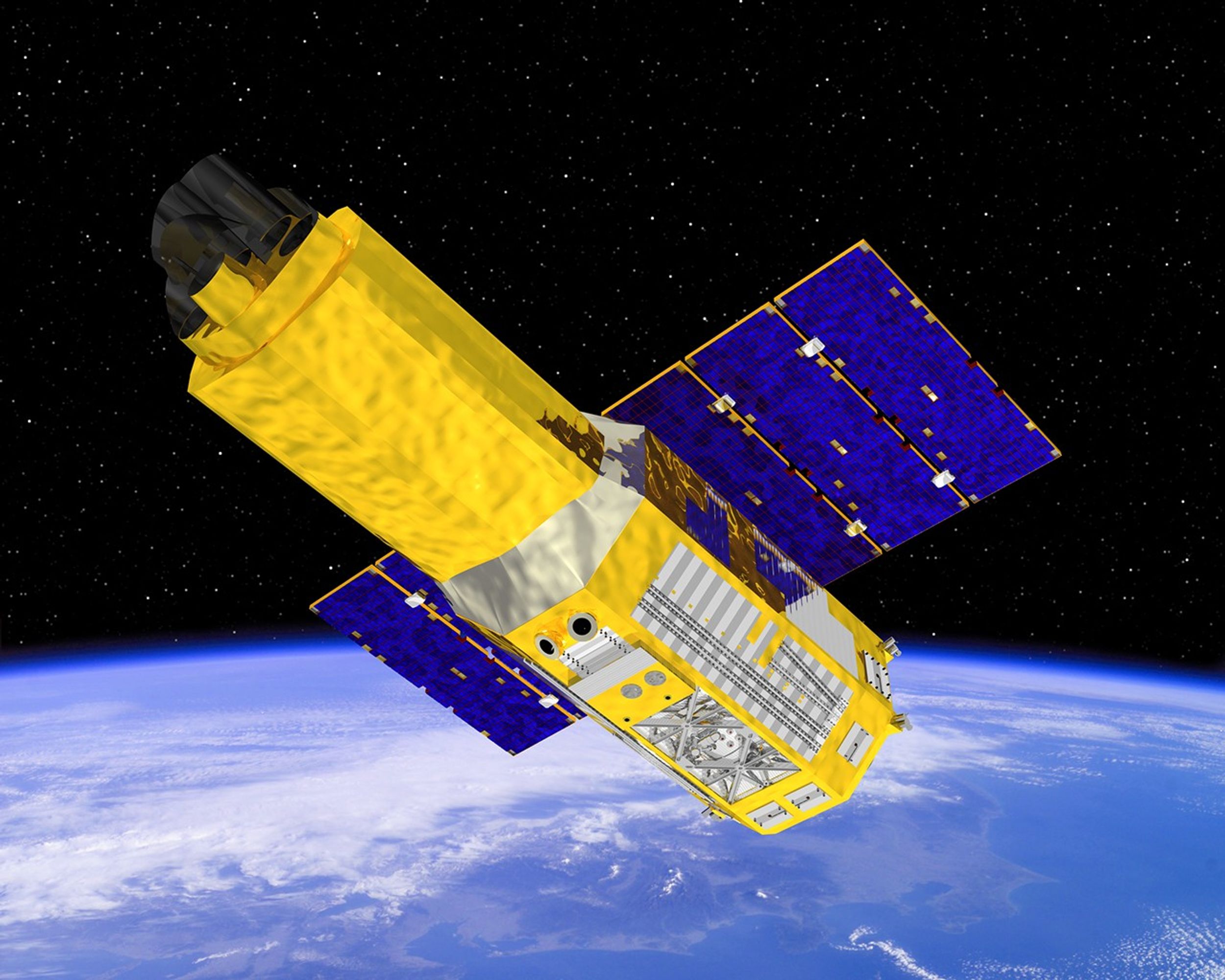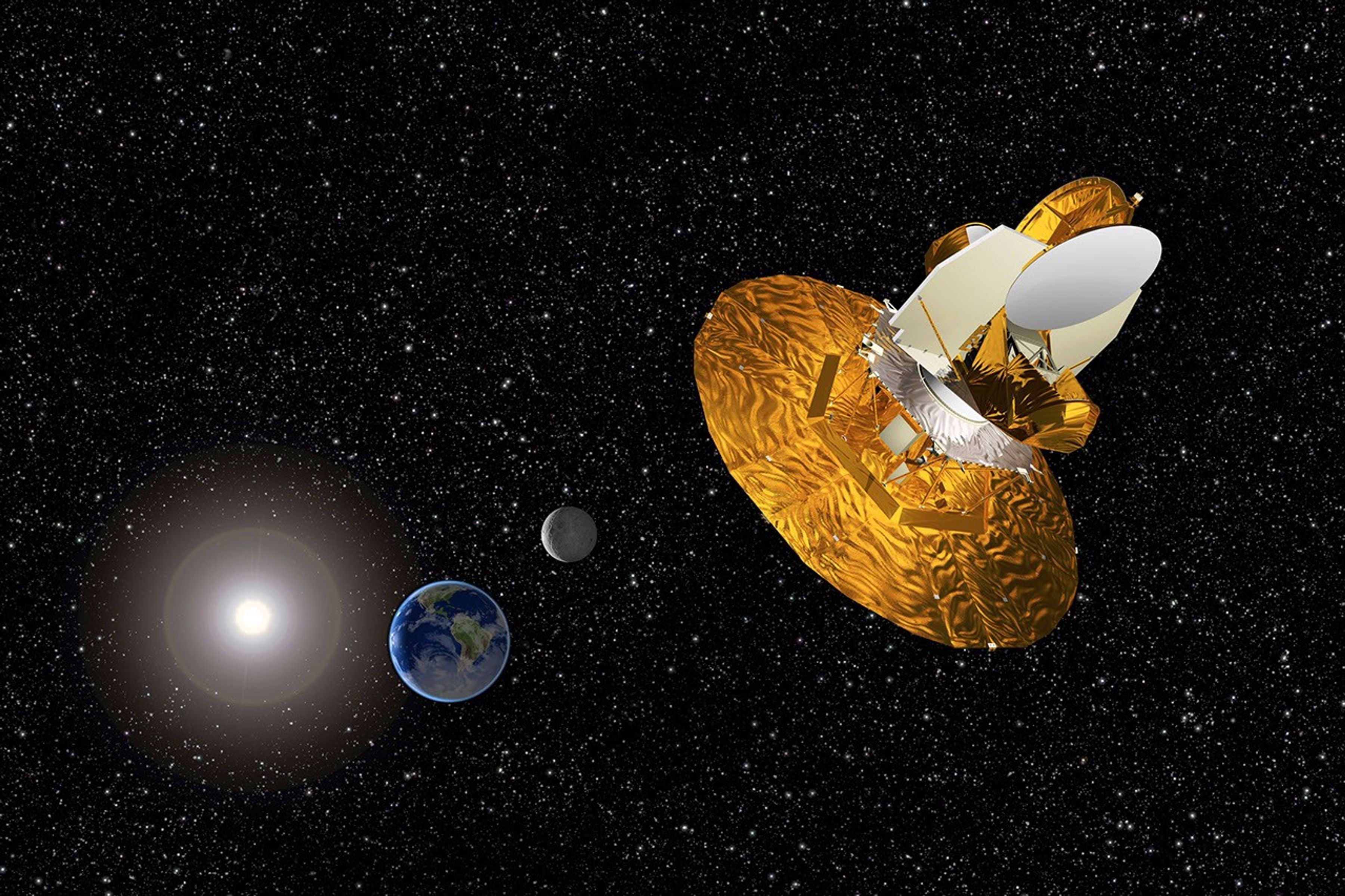Missions
Searching for answers about our universe and its origins.
Current Missions
Active
Related
Missions
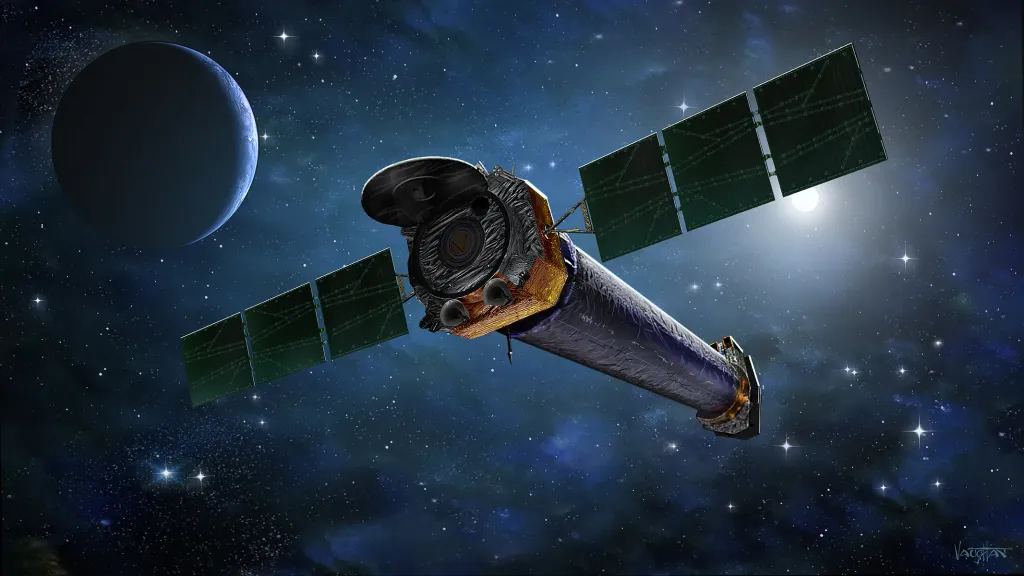
Chandra X-ray Observatory
The Chandra X-ray Observatory is the world's most powerful X-ray telescope. It has eight-times greater resolution and is able to detect sources more than 20-times fainter than any previous X-ray telescope.
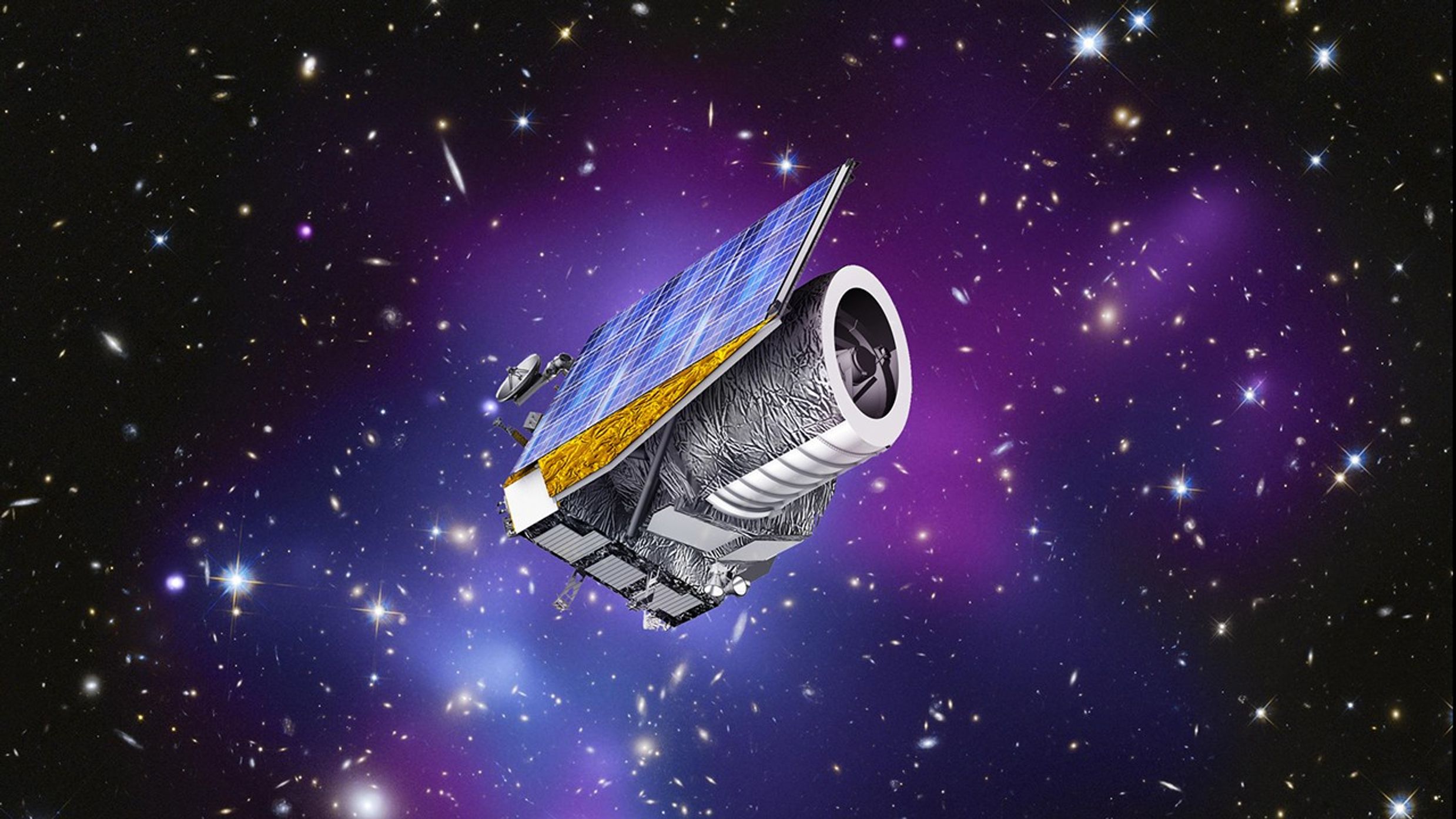
Euclid
Euclid is an ESA (European Space Agency) mission with critical contributions from NASA that aims to explore two of the biggest mysteries about the universe today: dark matter and dark energy.
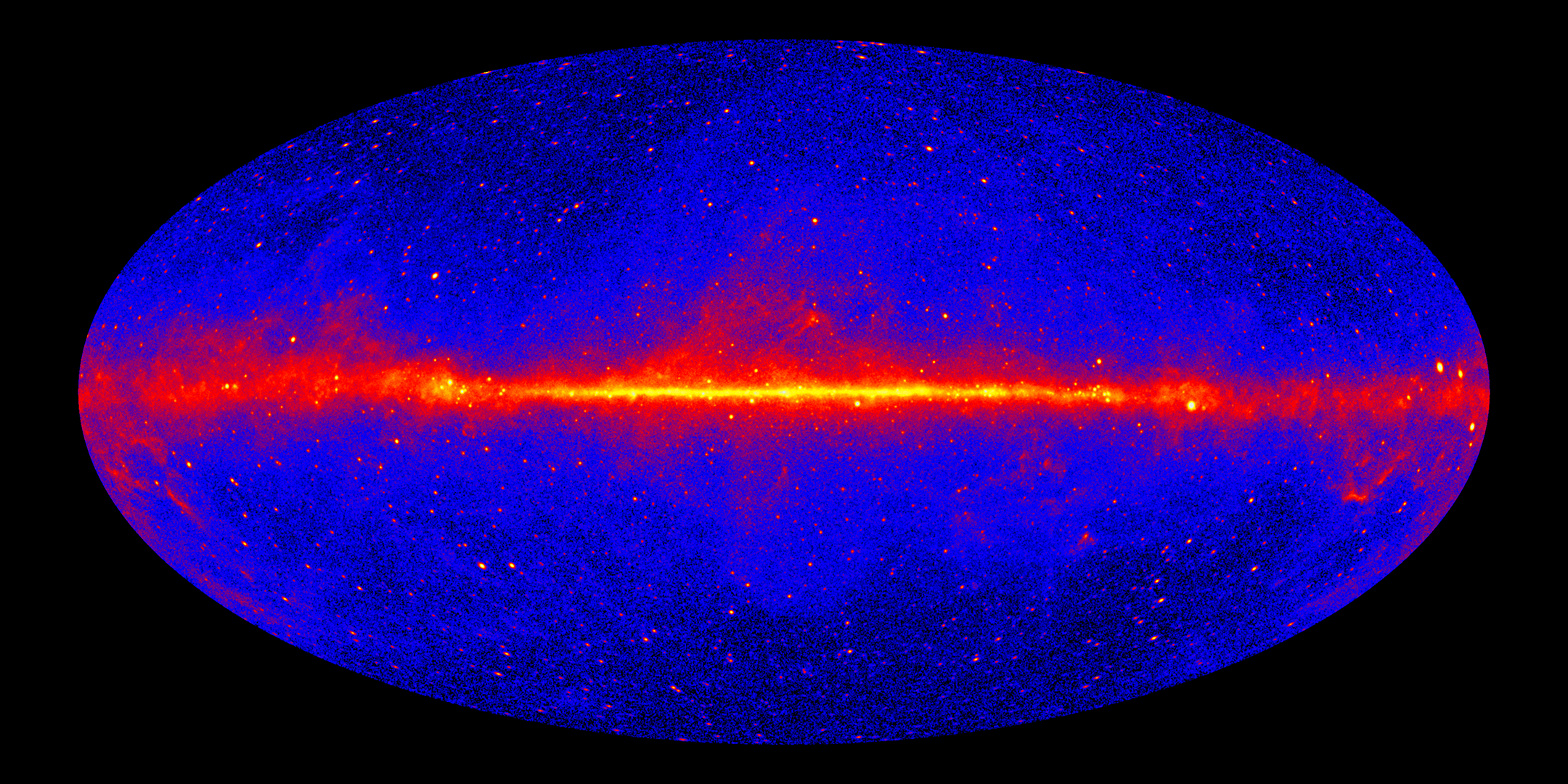
Fermi Gamma-Ray Space Telescope
NASA's Fermi Gamma-ray Space Telescope is a powerful space observatory that detects gamma rays, the most energetic form of light.
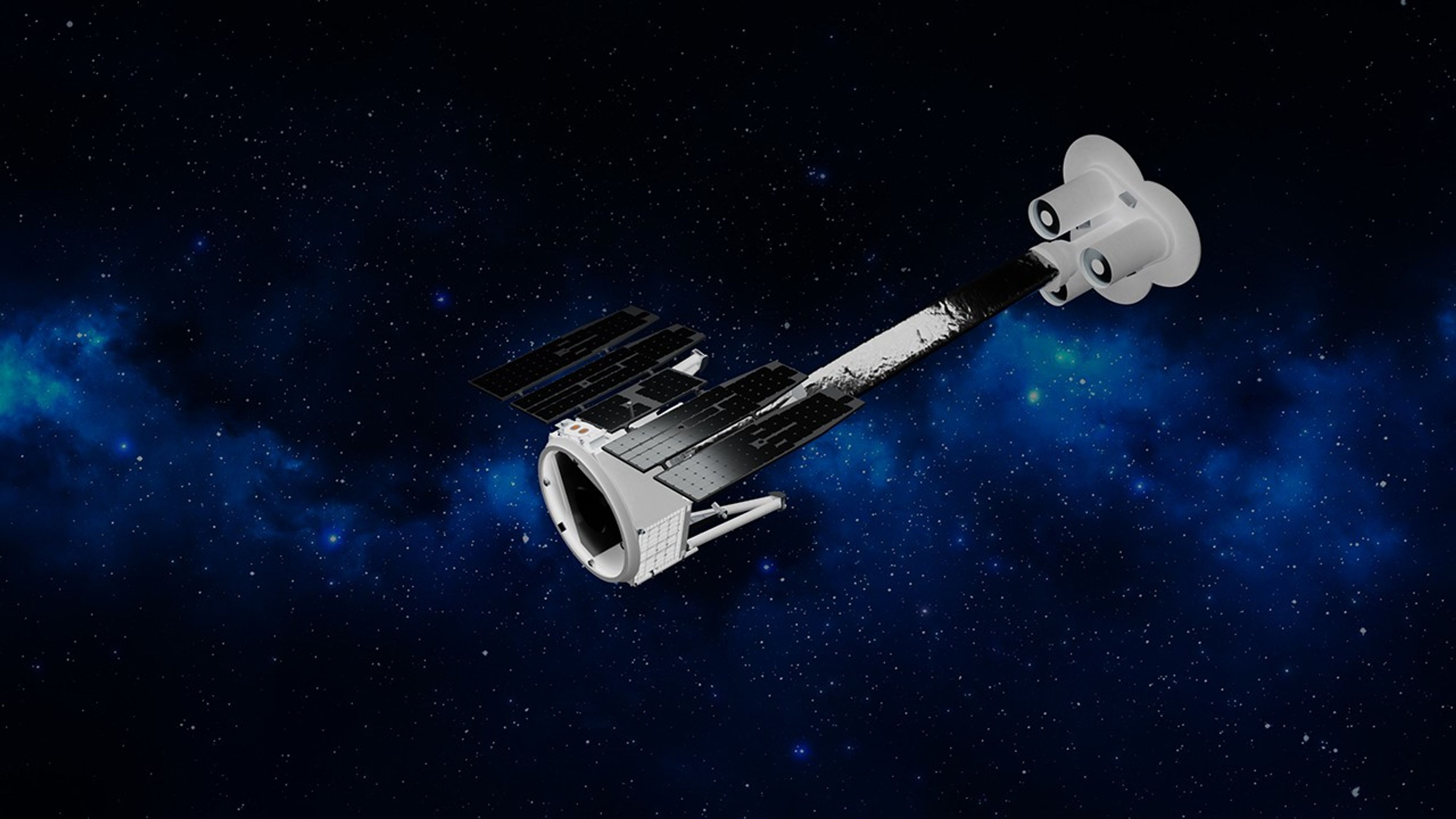
Imaging X-ray Polarimetry Explorer (IXPE)
IXPE is NASA’s first mission to study the polarization of X-rays from many different types of celestial objects.
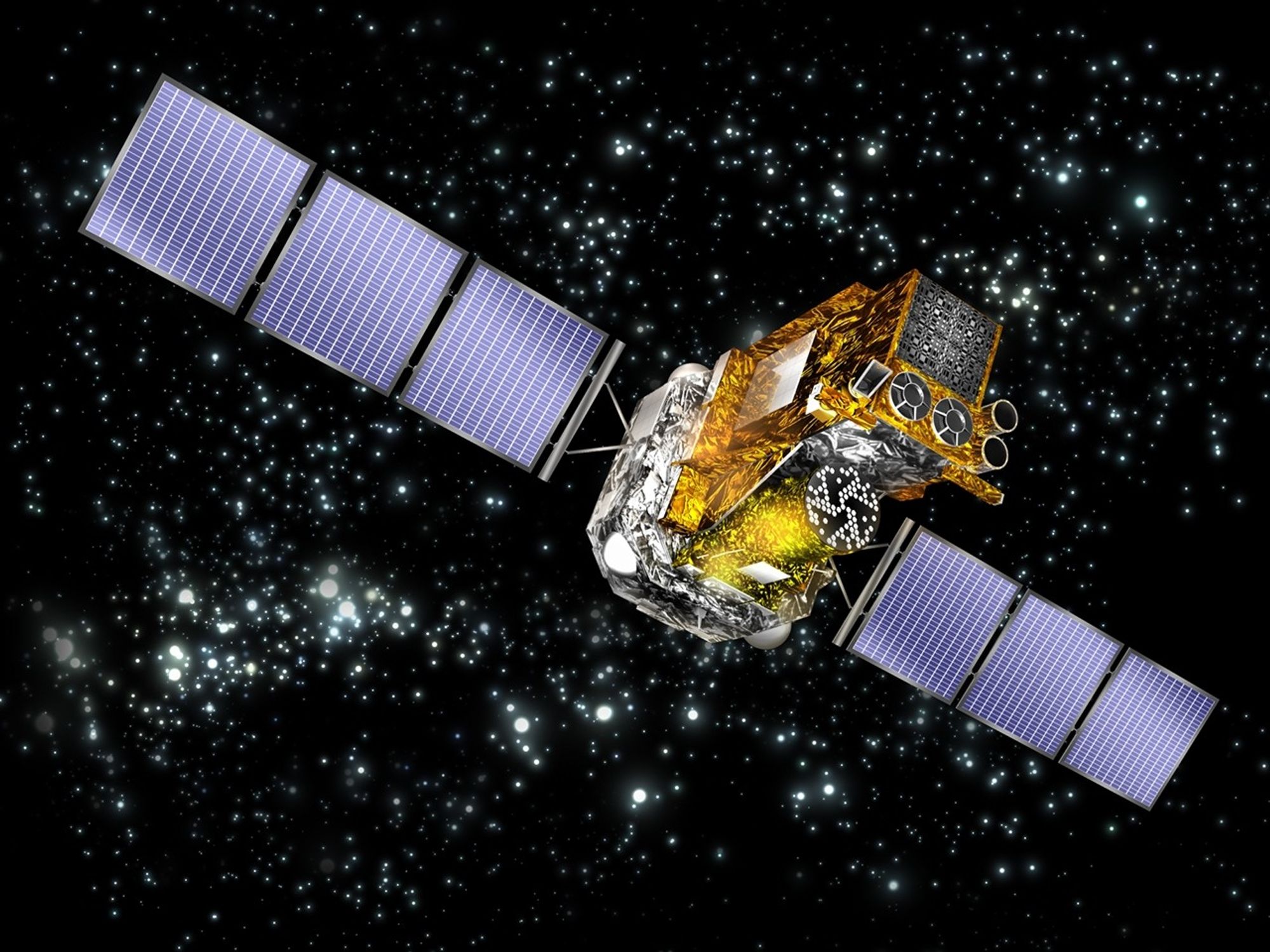
International Gamma-ray Astrophysics Laboratory (INTEGRAL)
ESA's (European Space Agency) INTEGRAL mission observes the universe in gamma-ray, X-ray, and visible light.
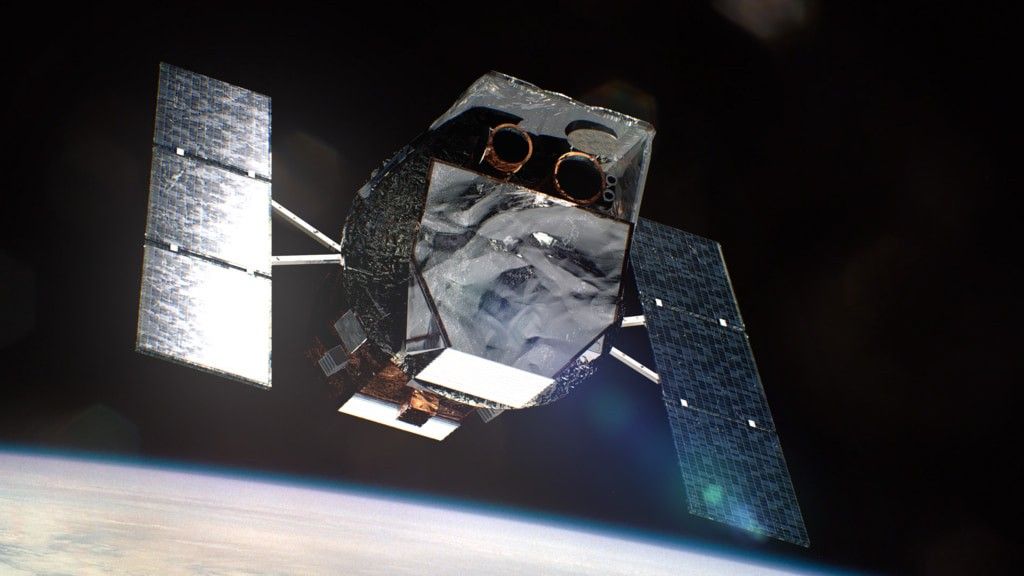
Neil Gehrels Swift Observatory
NASA’s Neil Gehrels Swift Observatory is a satellite that studies gamma-ray bursts, the most powerful explosions in the universe, and other cosmic objects and events.
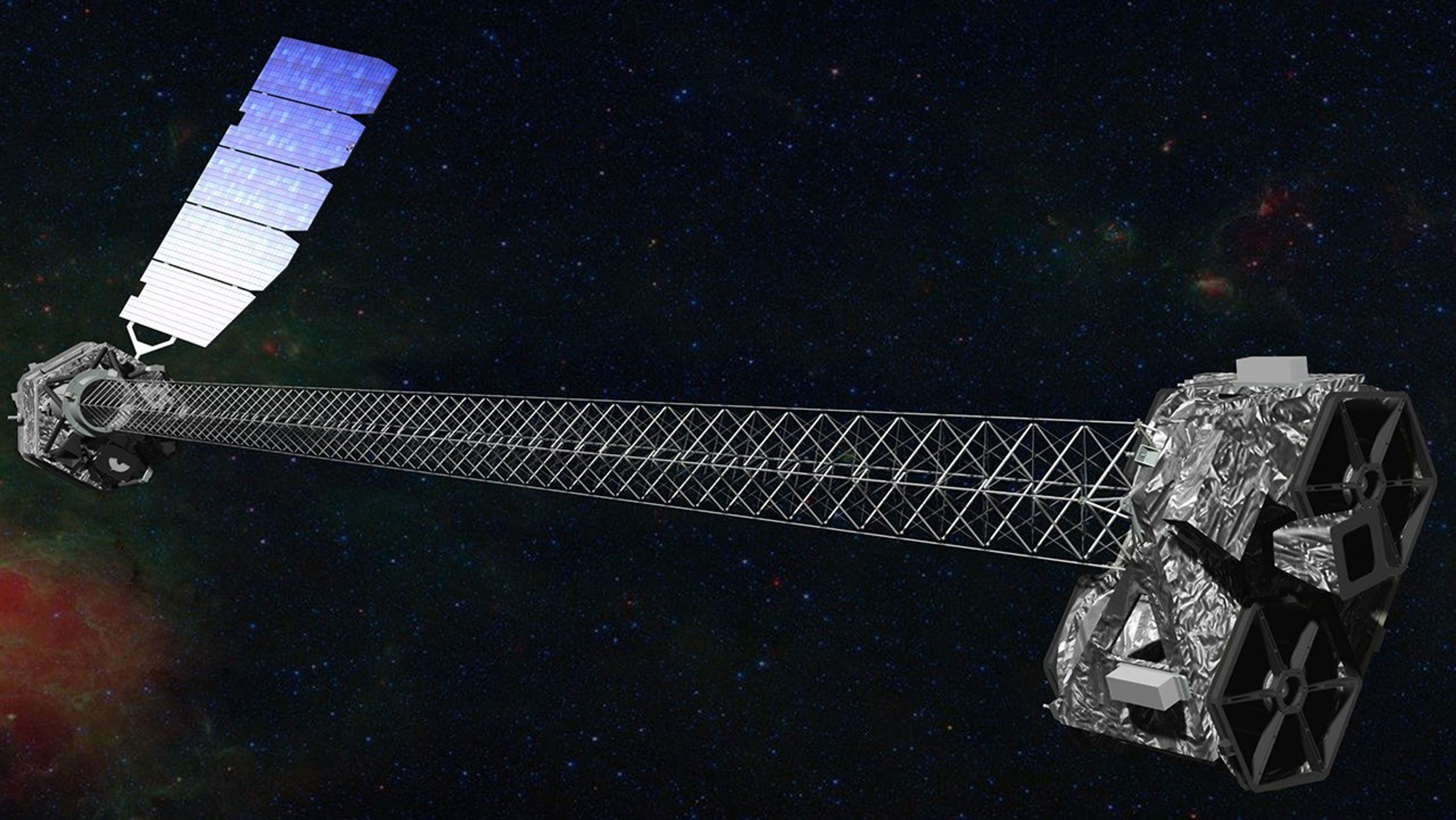
Nuclear Spectroscopic Telescope Array (NuStar)
Studying the universe in high-energy X-rays to better understand the dynamics of black holes, exploding stars, and the most extreme active galaxies.
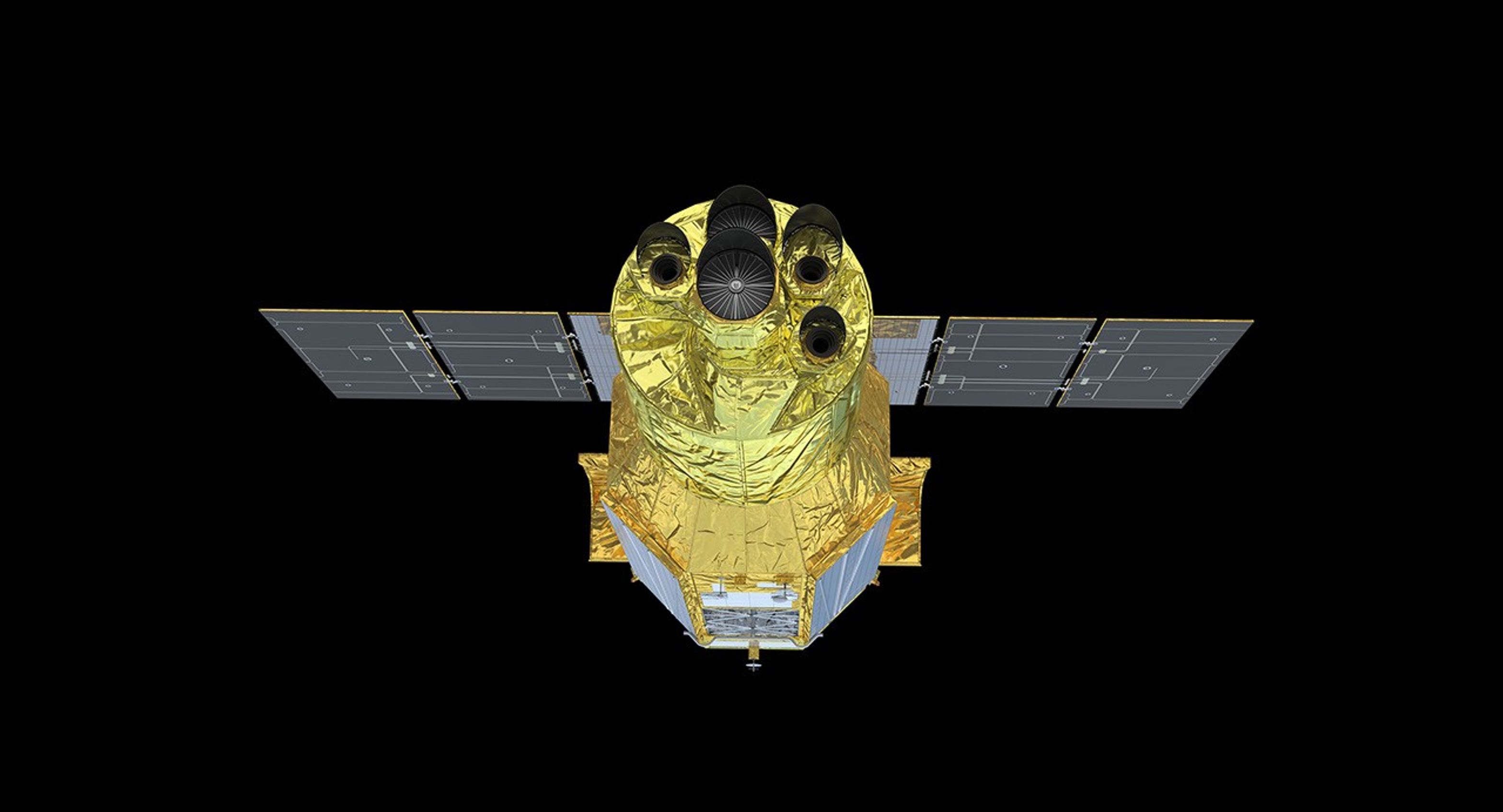
X-Ray Imaging and Spectroscopy Mission (XRISM)
NASA is partnering with JAXA (Japanese Aerospace Exploration Agency) on the XRISM mission to study celestial objects that emit X-rays.
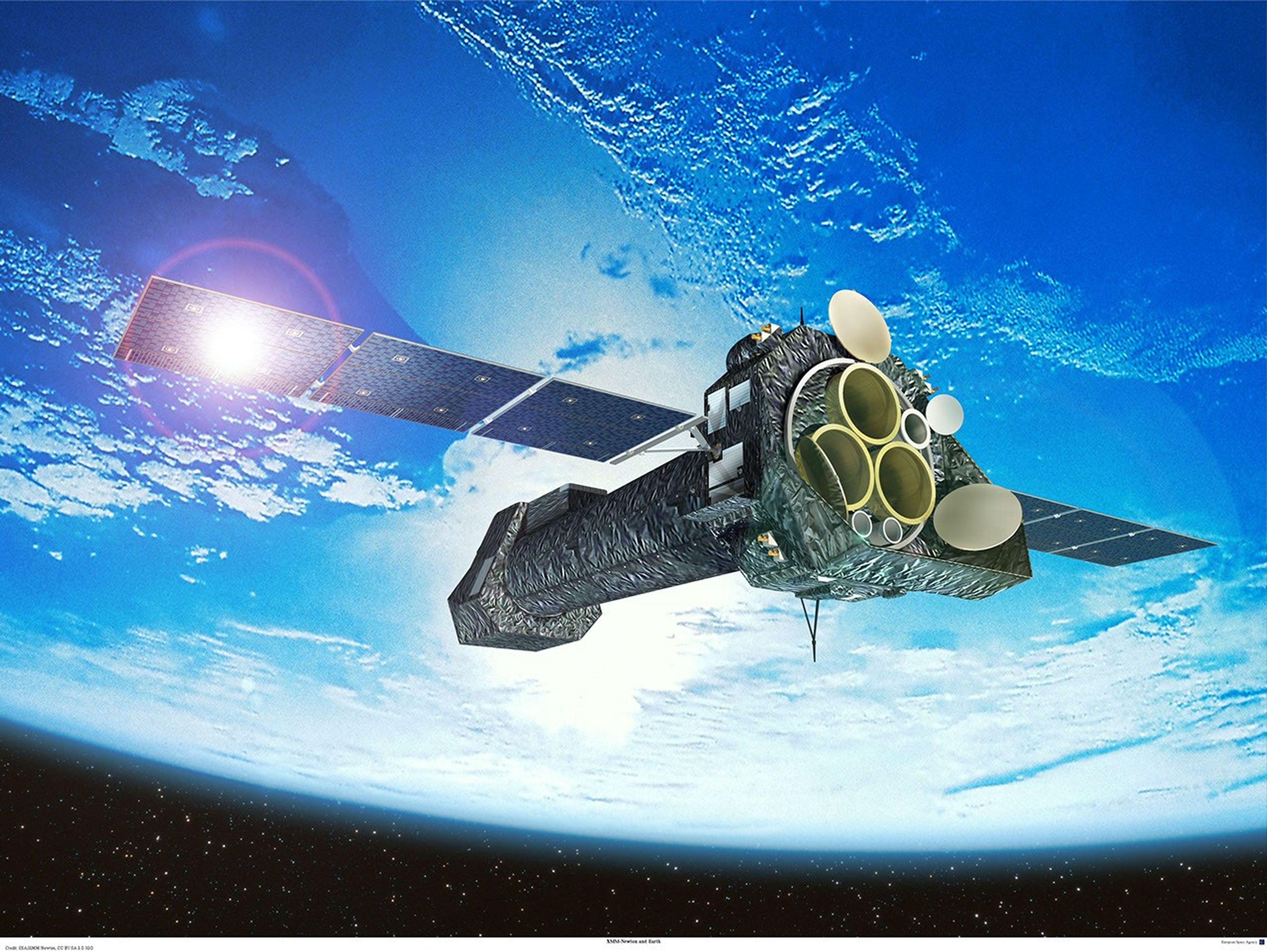
XMM-Newton
ESA's (European Space Agency) XMM-Newton is a space observatory whose X-ray and optical/ultraviolet telescopes study a wide variety of objects, from distant galaxy clusters to solar system planets.
Future Missions
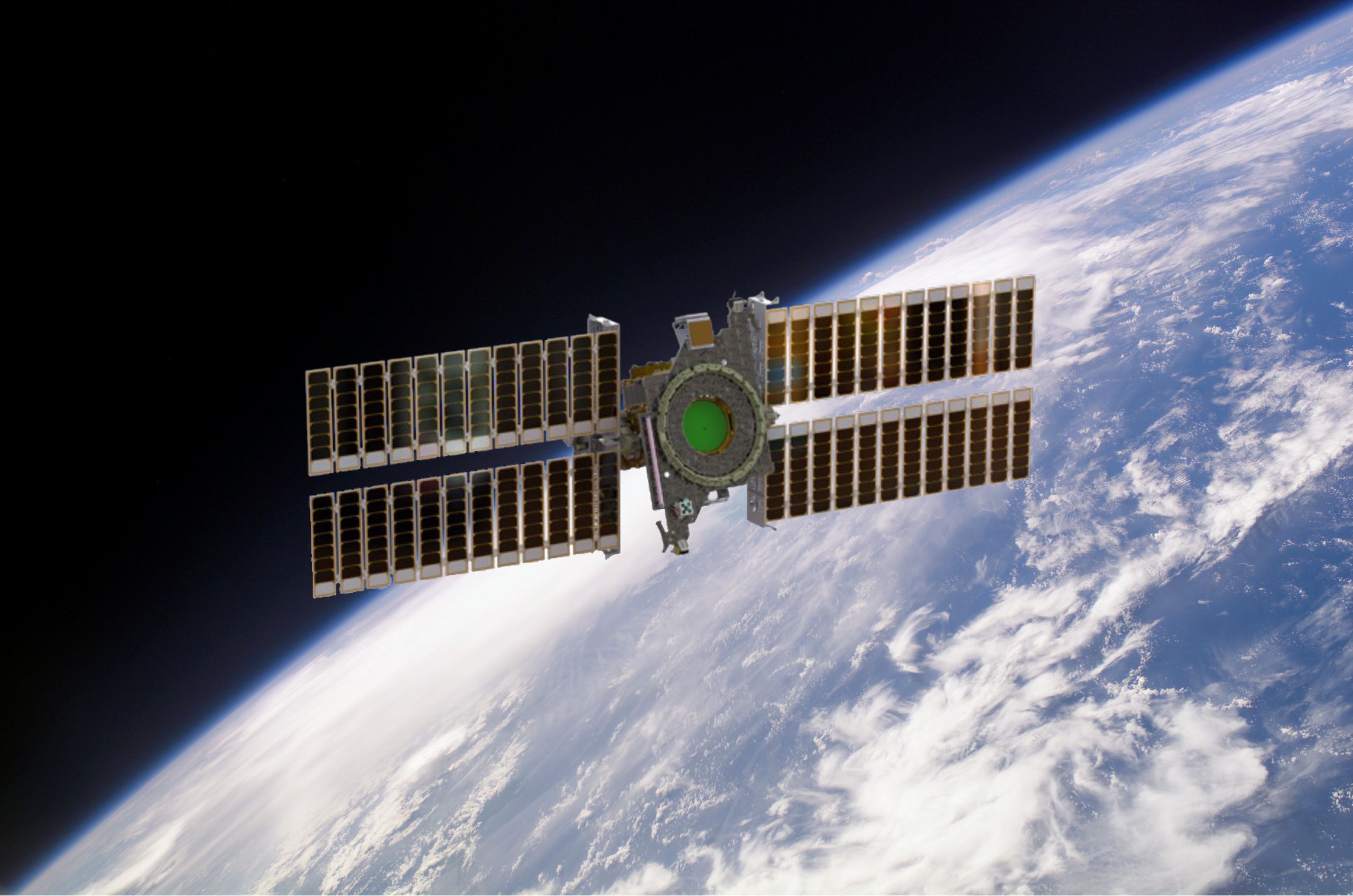
Advanced Telescope for High Energy Astrophysics (ATHENA)
NASA, the U.S. Space Force, NOAA, and NovaWurks have strategically aligned efforts to gain wisdom from Athena — a SmallSat that will demonstrate the ability of NovaWurks SensorCraft architecture to support future missions.
/COSI_graphic_b_image_landscape_16_9_ratio_crop.png?w=2351&h=1305&fit=clip&crop=faces%2Cfocalpoint)
Compton Spectrometer and Imager (COSI)
(Related Mission) COSI is a wide-field gamma-ray telescope that will study energetic phenomena in the Milky Way and beyond, including the creation and destruction of matter and antimatter and the final stages of the lives of stars.
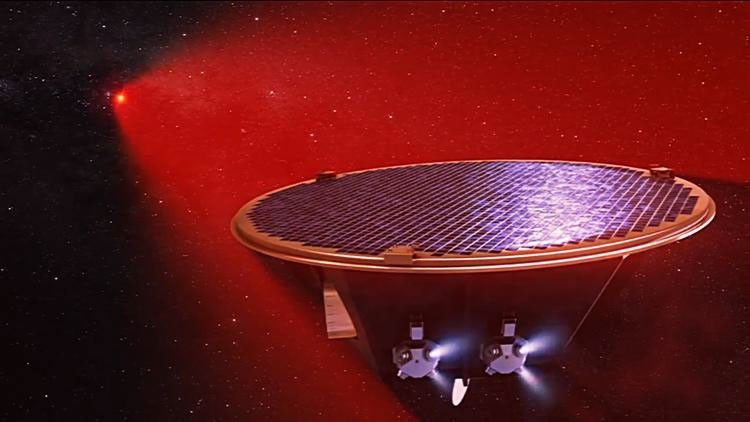
Laser Interferometer Space Antenna (LISA)
LISA is a space-based gravitational wave observatory building on the success of LISA Pathfinder.
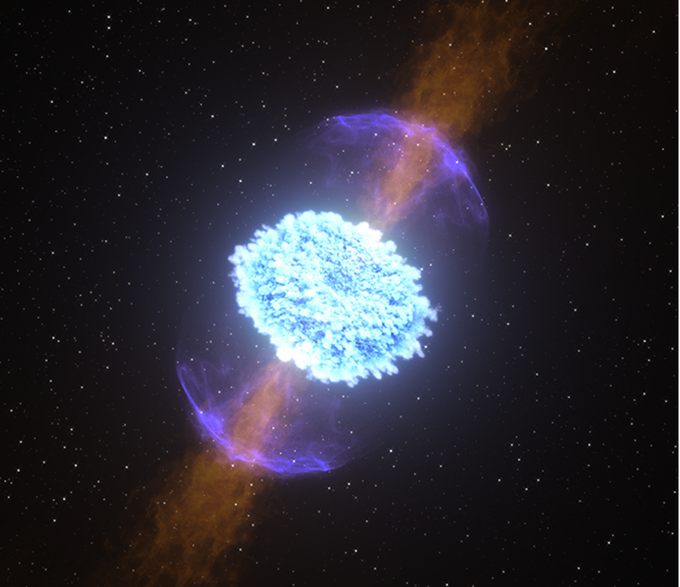
Ultraviolet Explorer (UVEX)
UVEX is a new NASA Medium Explorer mission to explore the ultraviolet sky, with an expected launch date in 2030.
Past Missions
Suborbital:
Balloons and Sounding Rockets
| Antarctic Demonstrator for the Advanced Particle-astrophysics Telescope (ADAPT) | Gamma-Ray Polarimetry Experiment (GRAPE) | Primordial Inflation Polarization Explorer (PIPER) |
| ComPair | General Antiparticle Spectrometer (GAPS) | Suborbital Polarimeter for Inflation, Dust, and the Epoch of Reionization (SPIDER) |
| Compton Spectrometer and Imager (COSI) – APRA | High Energy Light Isotope eXperiment (HELIX) | Super-pressure Balloon-borne Imaging Telescope (SuperBIT) |
| Diffuse X-rays from the Local galaxy (DXL) | Micro-X | The Rockets for Extended-Source X-ray Spectroscopy (tREXS) |
| Extreme Universe Space Observatory on a Super Pressure Balloon II (EUSO-SPB2) | Off-plane Grating Rocket Experiment (OGRE) | XL-Calibur |
| Gamma-Ray and AntiMatter Survey (GRAMS) Project | Payload for Ultrahigh Energy Observations (PUEO) |
News Straight to Your Inbox
Subscribe to your community email news list
We will never share your email address.
